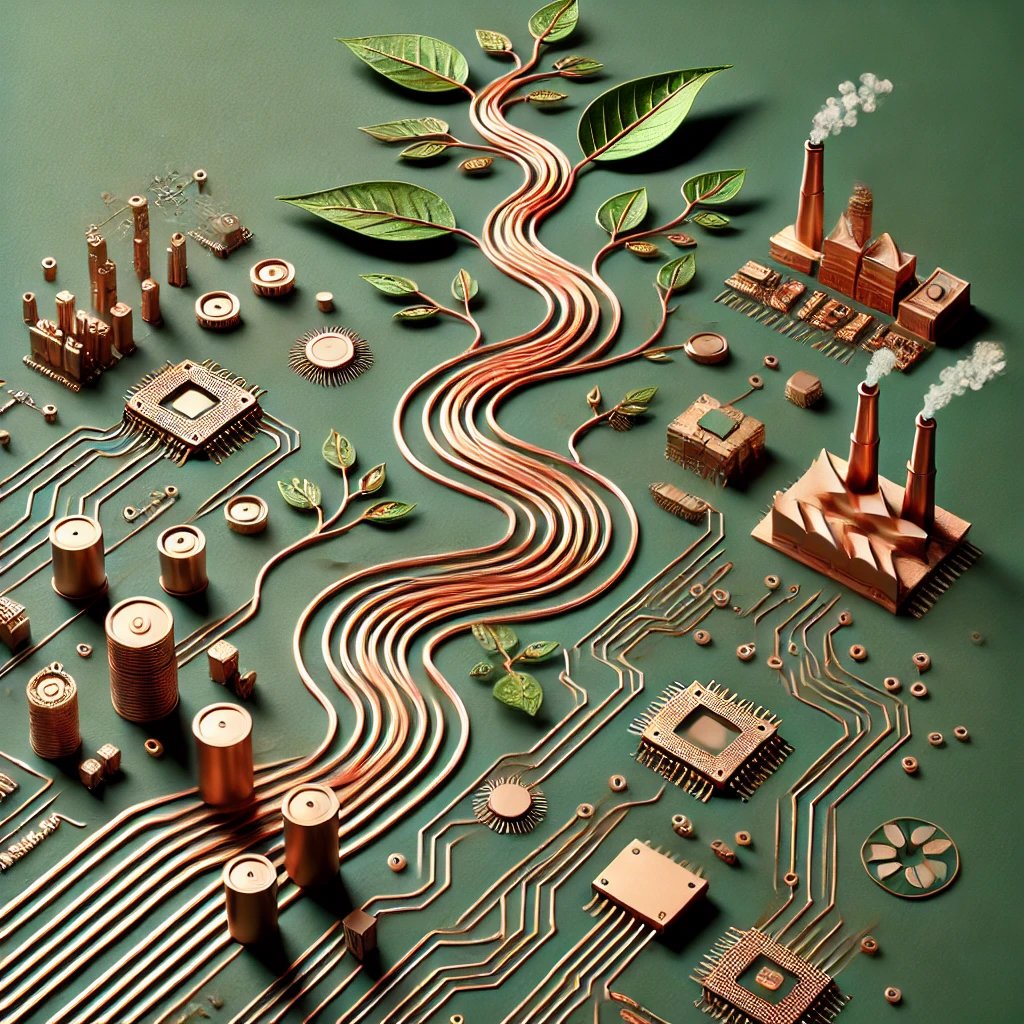Research and Trends in AI Adoption among Higher Education Faculty
Recent studies show a sharp uptick in generative Artificial Intelligence use by university faculty. Roughly a third of educators now turn to tools like Claude and Gemini for lesson design, grading support and administrative work. That matters because this is not a fringe experiment anymore it is an operational shift that affects curriculum quality, academic integrity and the speed of research workflows. For executives and senior academic leaders the question is no longer whether to engage with AI but how to do so in ways that drive learning outcomes and manage risk.
California Enacts Landmark AI Safety and Regulation Legislation
California has passed a landmark law that sets new expectations for the safe development and deployment of large scale Artificial Intelligence.
Canada's Delayed Encounter with AI Sovereignty and Innovation
Canada helped build modern AI through decades of world class research. Recent coverage shows that research leadership did not turn into national ownership of AI innovation. Intellectual property often ends up controlled by foreign firms and legal frameworks outside Canadian control.
Anthropic’s $1.5B Settlement
In recent developments that could reshape the future of AI and copyright law, Anthropic, a prominent AI firm backed by Amazon and Alphabet, has agreed to a landmark $1.5 billion settlement.
Agile Prototyping Methods in Hardware
The world of hardware product development is shifting, adopting methods traditionally associated with software. Agile prototyping methods in hardware present a powerful way to accelerate design cycles, reduce development costs, and respond quickly to customer feedback and market changes. Here, we explore how agile approaches are reshaping hardware development.
Evolving the Project Management Triangle: From Traditional Constraints to Modern Quality Focus
The Project Management Triangle has long-guided project managers in balancing cost, quality, and time. However, as expectations around quality and sustainability have evolved, so has the framework, especially with Agile’s influence.
Product Development Advancement through the 2020s: Key Trends Shaping the Future of Hardware
The 2020s have been a transformative period for hardware product development. Emerging technologies such as edge computing, AI, and 5G, combined with shifts in methodology and sustainability, have fundamentally changed how companies approach hardware design and manufacturing. In this article, we’ll explore 10 key advancements in hardware development that are shaping the future of the industry:
Planned Obsolescence: the Elephant in the Room
Designing products with a specific lifespan is a common practice among manufacturers, but planned obsolescence is often misunderstood —where products are deliberately designed to fail or become outdated after a certain time. The reality, however, is likely more nuanced. Companies typically design products to meet a particular life requirement based on performance, cost, and market demands. While this approach offers several advantages, it also presents challenges for consumers and broader societal issues.
Falling Behind the Circular Economy: The ‘Trash Society’ Risk
As major economies like the EU and USA legislate for a Circular Economy and Right to Repair initiatives, countries that lag behind risk becoming “trash societies”—destinations for low-standard, un-recyclable products no longer compliant with stricter regulations. This article delves into the potential impact of slow legislative action, exploring the risks, strategic steps, and benefits of proactive policies. For insights on the consumer impacts of Right to Repair, see our recent article on consumer perspectives:
Glossary of Terms
Glossary of terms commonly used in Hardware Product Development, Quality Management, Compliance, Service, Return Logistics
Manufacturing Bring Up: Key Steps to Ensure a New Partnership Delivers on Expectations
For hardware companies, changing manufacturing locations can be driven by many factors. The process that sits behind, often referred to as “manufacturing bring up,” involves significant planning and coordination. Here, we’ll explore the reasons companies make this move, the challenges involved, and the key steps to ensure a smooth transition. We’ll also consider both the positive and negative impacts of a successful execution.
Circular Economy: The Potential Impact of Online Marketplaces
Online marketplaces (such as eBay and Amazon) are increasingly engaging with circular economy initiatives. By facilitating the reuse, refurbishment, and recycling of electronic products, these platforms play a pivotal role in extending product life cycles, reducing waste, and promoting sustainability.
Generative AI in Hardware Product Development
In the fast-paced world of hardware development, staying ahead means embracing the power of generative AI. From automating design processes to optimising complex systems, generative AI isn't just enhancing productivity—it's revolutionising it. This blog dives into its integration, benefits, challenges, and the expansive future of generative AI in hardware product development, highlighting key innovations particularly relevant to industry leaders in consumer electronics, automotive parts, and medical devices.
Right to Repair: Year-to-Date (2024 pt. II) Update
The Right to Repair movement has seen significant legislative advancements in 2024, particularly in the U.S. and the EU. These developments aim to empower consumers, reduce electronic waste, and promote sustainable product life-cycles. This update provides a comprehensive overview of key changes and challenges in the first half of 2024, with a focus on how these new laws are shaping the future of consumer electronics and hardware product development.
Ecodesign for Sustainable Products Regulation (ESPR): Driving Sustainability in the EU
The Ecodesign for Sustainable Products Regulation (ESPR) represents a pivotal component of the European Union's strategy to promote a circular economy and sustainable development. This regulation sets stringent requirements for nearly all physical goods sold within the EU, excluding food, feed, and medicines, focusing on durability, repairability, recyclability, resource efficiency, and the reduction of hazardous substances.
Building a Resilient Supply Chain
In today’s dynamic global market, building a resilient supply chain is crucial for businesses to withstand disruptions and maintain operational continuity. From natural disasters to geopolitical tensions and pandemics, various factors can impact supply chains. This blog post explores strategies for developing a resilient supply chain, highlighting the importance of risk management, flexibility, and innovation.
Agile in a Hardware Context: Feasibility and Application
Agile methodologies are often associated with software development due to their emphasis on flexibility, quick iterations, and adaptability to change. However, applying Agile principles in hardware development, where design and development timeframes are typically longer, presents unique challenges. Despite these challenges, several ways exist to effectively integrate Agile principles into hardware development.
Eco-Friendly Material Alternatives for Hardware Products
Adopting eco-friendly materials in hardware design reduces environmental impact and meets consumer demand for sustainable products.
Embracing Circular Economy in Hardware Design
The circular economy is reshaping industries by reducing waste and enhancing sustainability. For hardware design, this means not only creating efficient and durable products but also designing with an eye for reuse, refurbishment, and recycling. This blog post explores how embracing circular economy principles can lead to groundbreaking innovations in hardware design, ensure compliance with international standards, streamline quality assurance, and reduce environmental impact.



















